At the end of 2019, if you were using Firefox to watch a video, you saw a new blue control with a simple label: “Picture-in-Picture.” Even after observing and carefully crafting the feature with feedback from in-progress versions of Firefox (Nightly and Beta), our Firefox team wasn’t really sure how people would react to it. So we were thrilled when we saw signals that the response was positive.
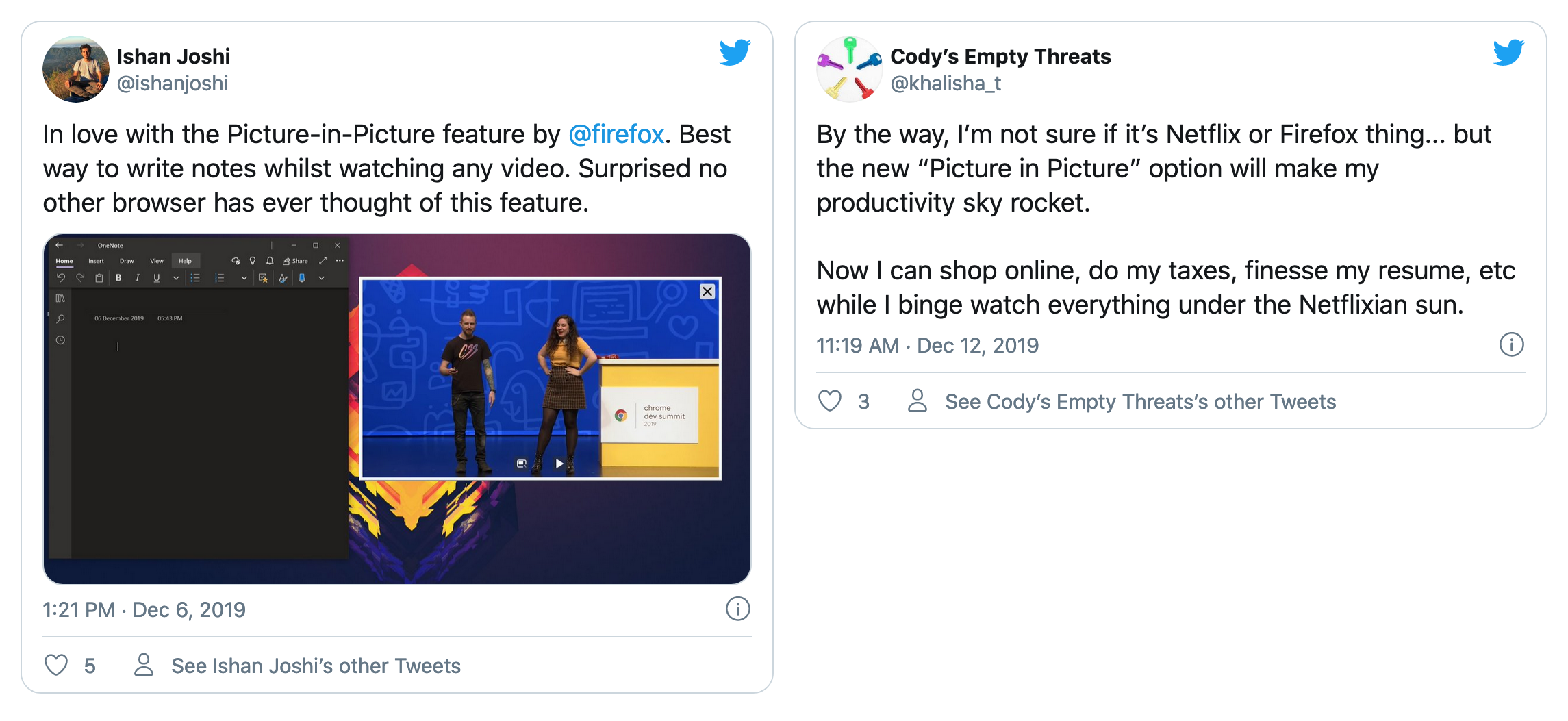
Firefox’s Picture-in-Picture allows you to watch videos in a floating window (always on top of other windows) so you can keep an eye on what you’re watching while interacting with other sites, or applications.
From a feature to a habit
About 6 months after PiP’s release, we started to see some trends from our data. We know from our internal data that people use Firefox to watch video. In fact, some people watch video over 60% of the time when they’re using Firefox. And, some of these people use PiP to do that. Further, our data shows that people who use Picture-in-Picture open more PiP windows over time. In short, we see that not everyone uses PiP, but those who do seem to be forming a habit with it.
A habit is a behaviour “done with little or no conscious thought.” So we asked ourselves:
- Why is PiP becoming a habit for some people?
- What are peoples’ motivations behind using PiP?
Fogg’s Behavior Model describes habits and how they form. We already knew two parts of this equation: Behavior and Ability. But we didn’t know Motivation and Trigger.
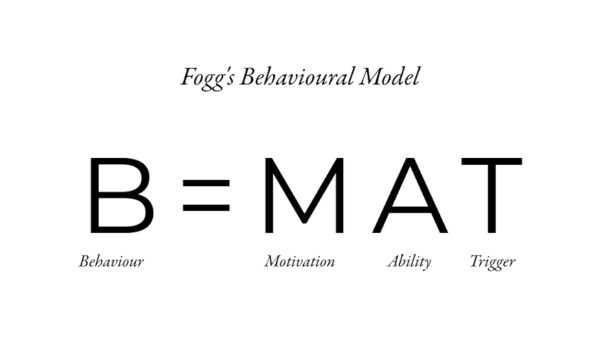
Fogg’s Behavior Model.
To get at these “why” questions, we conducted qualitative research with people who use PiP. We conducted interviews with 11 people to learn more about how they discovered PiP and how they use it in their everyday browsing. We were even able to observe these people using PiP in action. It’s always a privilege to speak directly to people who are using the product. Talking to and observing peoples’ actions is an indispensable part of making something people find useful.
Now we’ll talk about the Motivation part of the habit equation by sharing how the people we interviewed use PiP.
Helps with my tasks
When we started to look at PiP, we were worried that the feature would bring some unintended consequences in peoples’ lives. Could PiP diminish their productivity by increasing distractibility? Surprisingly, from what we observed in these interviews, PiP helped some participants do their task, as opposed to being needlessly distracting. People are using PiP as a study tool, to improve their focus, or to motivate them to complete certain tasks.
PiP for note-taking
One of our participants was a student. He used Picture-in-Picture to watch lecture videos and take notes while doing his homework. PiP helped him complete and enhance a task.
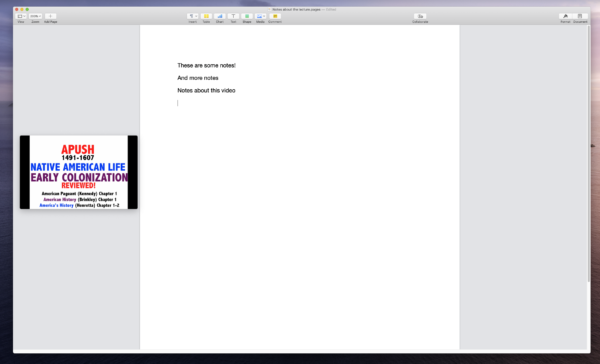
Taking notes in a native desktop application while watching a lecture video in picture-in-picture. (Recreation of what a participant did during an interview)
Breaks up the monotony of work
You might have this experience: listening to music or a podcast helps you “get in the zone” while you’re exercising or perhaps doing chores. It helps you lose yourself in the task, and make mundane tasks more bearable. Picture-in-Picture does the same for some people while they are at work, to avoid the surrounding silence.
“I just kind of like not having dead silence… I find it kind of motivating and I don’t know, it just makes the day seem less, less long.” — Executive Assistant to a Real Estate Developer
Calms me down
Multiple people told us they watch videos in PiP to calm themselves down. If they are reading a difficult article for work or study, or doing some art, watching ASMR or trance-like videos feels therapeutic. Not only does this calm people down, they said it can help them focus.
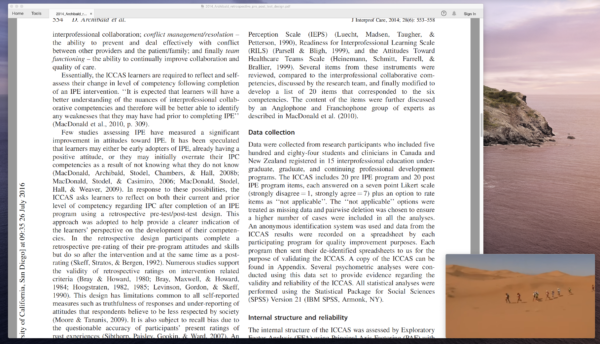
Reading an article in a native Desktop application while watching a soothing video of people running in picture-in-picture. (Recreation of what a participant did during an interview)
Keeps me entertained
And finally, some people use Picture-in-Picture for pure and simple entertainment. One person watches a comedic YouTuber talk about reptiles while playing a dragon-related browser game. Another person watches a friend’s live streaming gaming while playing a game themself.
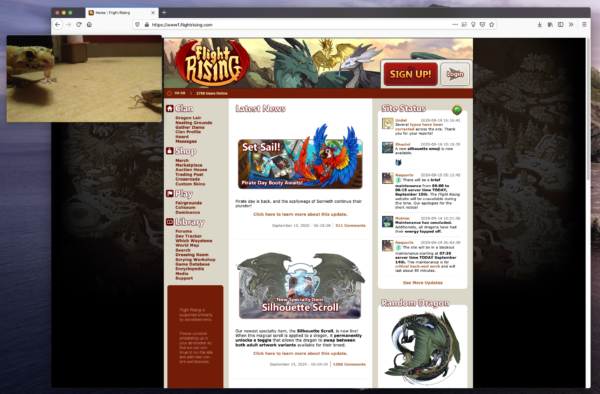
Playing a browser game while watching a funny YouTube video. (Recreation of what a participant showed us during an interview)
Our research impact
Some people have habits with PiP for the reasons listed above, and we also learned there’s nothing gravely wrong with PiP to prevent habit-forming. Therefore, our impact is related to PiP’s strategy: Do not make “habit-forming” a measure of PiP’s success. Instead, better support what people already do with PiP. Particularly, PiP is getting more controls, for example, changing the volume.
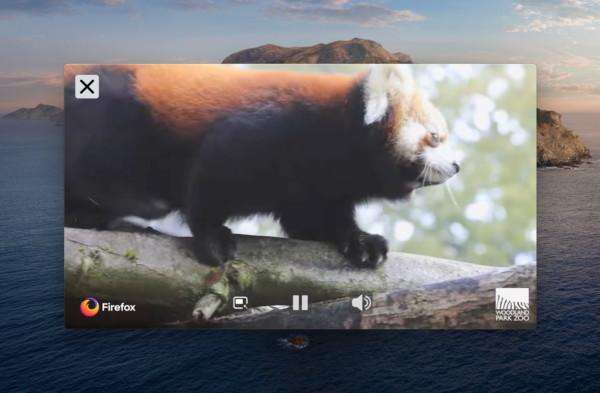
You don’t have to stop reading to watch this cute red panda in Picture-in-Picture
Share your stories
While conducting these interviews, we also prepared an experiment to test different versions of Picture-in-Picture, with the goal of increasing the number of people who discover it. We’ll talk more on that soon!
In the meantime, we’d like to hear even more stories. Are you using Picture-in-Picture in Firefox? Are you finding it useful? Please share your stories in the comments below, or send us a tweet @firefoxUX with a screenshot. We’d love to hear from you.
Thank you to Betsy Mikel for editing our blog post.
This post was originally published on Medium.